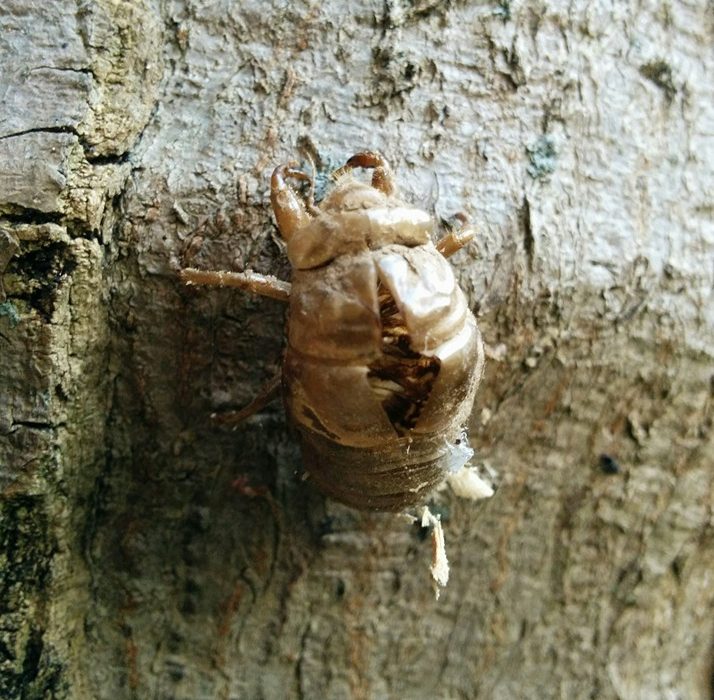Reflections on Hawks and the Sparrows:
Lessons on Disciplining Our Thinking
By
Joseph Anthony
Many of us
have observed hawks being pestered by little sparrows or crows and not fighting
back. It is a fascinating thing to
watch. The other day I sat for fifteen
minutes as two sparrows flew around and around a beautiful red-tailed
hawk. They dove at the hawk, seemingly
pecking at it, and the whole time the hawk either just sat motionless on the
smoke stack it was perched on or it took to the sky and simply flew in great
rising circles. Never once did the hawk try
to reach out with its razor sharp talons and crush the little nuisances. I kept wondering why. Why would a clearly more powerful bird allow
such annoying little birds to mob it so?
In addition, why would the little sparrows pester such a fierce bird,
knowing that at any second it could turn around and snip their little necks?
Of course a
flying sparrow is hard to catch even for a speedy hawk. But why else would a hawk ignore such pests?
I like to think the hawks are doing it for wisdom, wisdom that we can learn
from. And even the sparrows offer lessons. Here’s my
take on this strange phenomenon and what it means to our spiritual growth.
The sparrows are obviously protecting their
interests, a nest perhaps, a territory; and the hawk is a major league
enemy. One sparrow wouldn’t dream of
attacking a hawk, but two or more would.
So to keep their flying space safe, they risk all, cast all abandon to the
wind—literally, and swarm a clearly bigger and more powerful predator. They go together, but their objective is to
defend.
For the hawk’s
part, we need to realize they are extremely economical birds. They only move when necessary, when food is
available to ambush or when they need to find other hunting grounds. They do sometimes fly just for the sheer joy
of being swept upwards on rising currents of wind or to surf the breeze,
letting the air sing through their out-curved feathers. But in general, hawks don’t move much. They watch, but they do not waste
energy. So when they’re being pestered
by sparrows, they ignore them. They don’t
expend valuable time and energy trying to shoo them away or kill them. They ignore them and, if necessary, move
on. Of course, if a hawk is the one
protecting a nest no other birds–sparrows or crows, would ever come close to
them. A hawk protecting its eggs or fledglings is a very fierce creature,
and the rest of the bird-world knows that.
Protecting its own nest aside, hawks don’t fight other birds that pester
them.
What can we learn from all of this?
First of
all, those thoughts that mob our head are actually protecting their own interests. They’re not there to mock or annoy, even if
it appears that way. They are trying to knock us off course because our course
means (so they think) death to them. The
sparrows of pestering thoughts want to keep things the way they are; they enjoy
the old ways, the learned helplessness, the familiar territory. To have the hawk of a new idea gliding
effortlessly around them poses a threat to their way of life.
Taking a cue
from the hawks we don’t need to spend the time or energy fighting pestering thoughts; we can simply let them be (what we resist persists). If we want we can go someplace else (replace
the pestering thoughts with ones we like and invite), or we can simply ignore
them and focus on whatever the task is at hand.
Hawks can sit for hours watching, letting the wind rustle their feathers
but not their minds. We can learn to do the
same. If we are economical with our mental
(and physical) movements and learn to move consciously in the world, consciously fostering thoughts we want to think, then we don’t need to be disturbed when a little mob of pesky
thoughts comes around. Besides, if we know they are only trying to protect their own, we can even have a little compassion towards them and not seek to destroy them. We can learn from them. They understand the power of strength in
numbers. This is something we can always
keep in mind. We are not solitary
hawks. We need each other to help us soar.
Notice too how hawks find thermal currents of air and with only
minimal effort, can be carried upwards to great heights, and swiftly. Hawks observe little bits of leaves and
sticks that are caught up on those currents and then they simply slip into them
too, letting the warm column of air lift them with a few gentle thrusts of their wings, high into the sky.
We too can
look for warm currents of sunny air, rising columns of positive thoughts from
mentors and inspirational people, artists, writers, musicians, and children
everywhere; and let our thoughts be lifted with them to high places; places we can glide on; places we can soar from and search out new horizons; places we can
scan the world from in search of new opportunities. We can soar for the sheer joy of being alive.
So there is
much to learn from birds—pesky birds and birds of prey. In fact, there are object lessons everywhere;
in every leaf and tree; in every feather and beak. Our job is to watch, listen, and breathe, and then
weave our stories in with Mother Nature’s. They are after all, one and the same. And there are treasures everywhere in the infinite folds of her gown waiting
to be discovered.
Donate to the Wonder Child Blog Today! Thank you. ![]()
Copyright Joseph Anthony of the Wonder Child Blog
